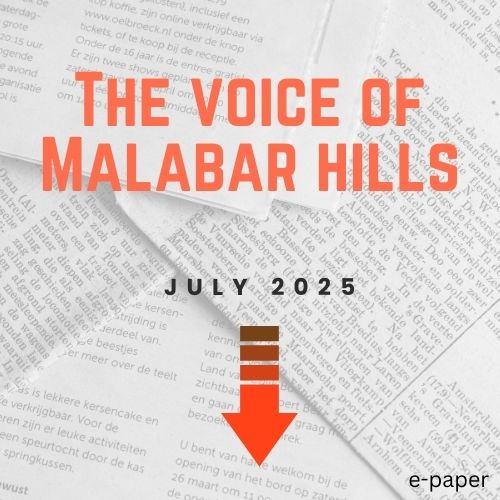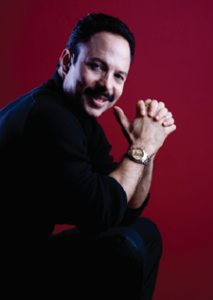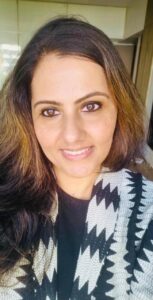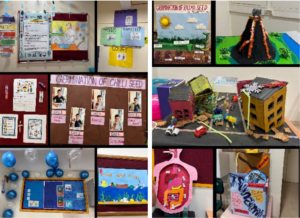In 1947, when India gained its Independence, there were about 5000 Jews in the city, today there are less than 100 and they are not listed as a ‘minority community’, but just as ‘The Others’. Forgotten is the assistance given for the development of Bombay, as it was known then.
Legend has it that a trading ship was wrecked on the Konkan coast over 2000 years ago, and this brought the Bene Israelis to India. They settled along the coast, all the way to Kerala. They adapted local customs, language and even style of dressing. Thus the two groups were distinctly different – Konkani &Cochin ones.
In the 2nd half of the 18th Century, fleeing from the atrocities inflicted by the Ottoman empire and hoping for patronage of the British in India, brought migrations from Baghdad, Basra and Persia. They were distinctly different and chose to remain so. They were Arabic-speaking and known as the Baghdadi Jews. Most famous amongst these was David Sassoon.
David Sassoon (Oct. 1792 to 7th November 1864
Came to Surat and moved southwards to the seven islands to make his fortunes – and that he did! He started trading in cotton and opium, to become the leading trader along with Sir JamshetjeeJeebhoy. He was known as the ‘Badshah of business’.

He established the 1st oil mill under the name of E.D. Sassoon Mills, and then went on to establish 16 more. Each had a work force of 15,000/20,000, making him one of the biggest employers at that time. He went on to amass great fortune as middleman between British textile firms and the Gulf community of traders.
His greatest achievements, for which the city will always be in his debt, arehis contributions to the development of the city.He made, but he gave. In 1870 a Venetian Gothic-styled structure was completed at Kala Ghoda for the Sassoon Mechanics Institute. We all know it today as the David Sassoon Library. The beautiful statue in the entrance hall was subsequently installed in his memory.
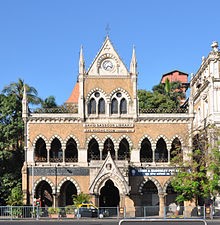
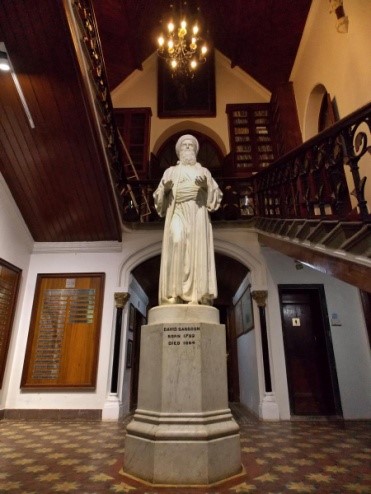
The David Sassoon Technical High School at Dhobi Talao, Royal Institute of Science on the Esplanade , Sir David Sassoon Hospital within the J.J. Hospital compound, Bank of India on Esplanade Road all stand today.

David Sassoon bought the Shin Sangoo palace, with 8 acres of gardens in Byculla, remodelled it and moved his family there. He called it ‘Sans Souci’ meaning without worries. Later, admiring the work being done by Dr. HomasjiManeckjiMasina, his family transferred it in 1902 for nominal consideration to the Masina Hospital Trust to establish the Masina Hospital, one of the first private hospitals in the city.
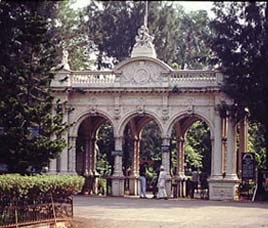
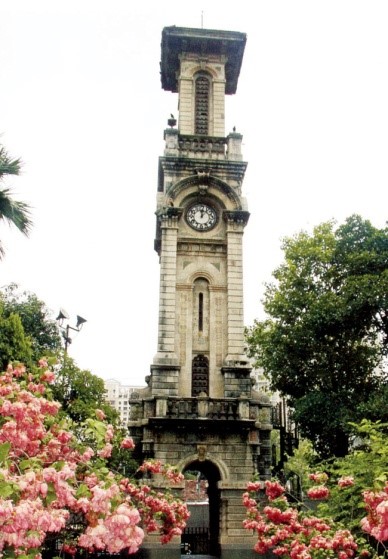



He was married twice and had eight sons from the liaisons. He clung to his Arabic ways and wore only traditional clothes, but his sons were given the option to adopt European ways and clothing. David Sassoon’s son Albert Abdullah David Sassoon built the first wet dock in western India, to facilitate cotton trade. It was opened in 1875 on reclaimed land, which
encouraged the Bombay Presidency to promote construction of Prince’s Dock. His sons continued in his footsteps and contributed for schools in the city. Sir Elly Kadorie High School in Mazgaon, Sir Jacob Sassoon High School in Byculla, Elisha Ezra Ezekial Sassoon School in Byculla and the Hill Grange School of Pedder Road, on Cumballa Hill.
Hill Grange School was established in 1939 as a private school for girls and boys. It was founded by Madame Sophie Kelly, a prominent member of the Indian Jewish community, and she remained the school’s principal till in 2003 it was forced to close.
The political changes being envisaged by the Freedom Movement & the Nazi atrocities in Europe made the Sassoon family, like most other Jews emigrate to U.S.A., Canada or Australia. Their final home on Malabar Hill was sold to the Western India Automobile Association in 1947 for a Club.
It was a beautiful ground + 1 structure in wood, with extensive grounds at the back, and looking out towards Chowpatty Beach. In 1966 it went down for ‘redevelopment’ and a modern Club House was constructed, with a high rise apartment structure in the open space. The last Sassoon residence in the city disappeared like the Sassoons themselves – to be enumerated only as ‘Others’.
Anita Garware , Chairperson, INDIAN HERITAGE SOCIETY MUMBAI, Resident of Malabar Hill

